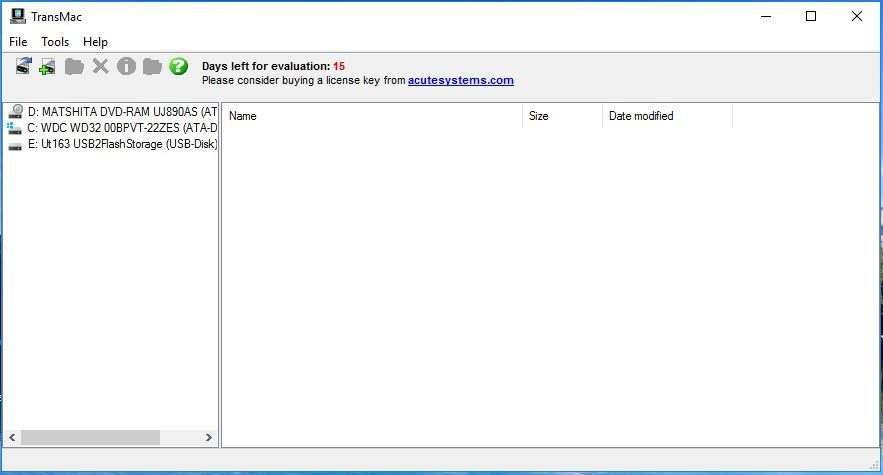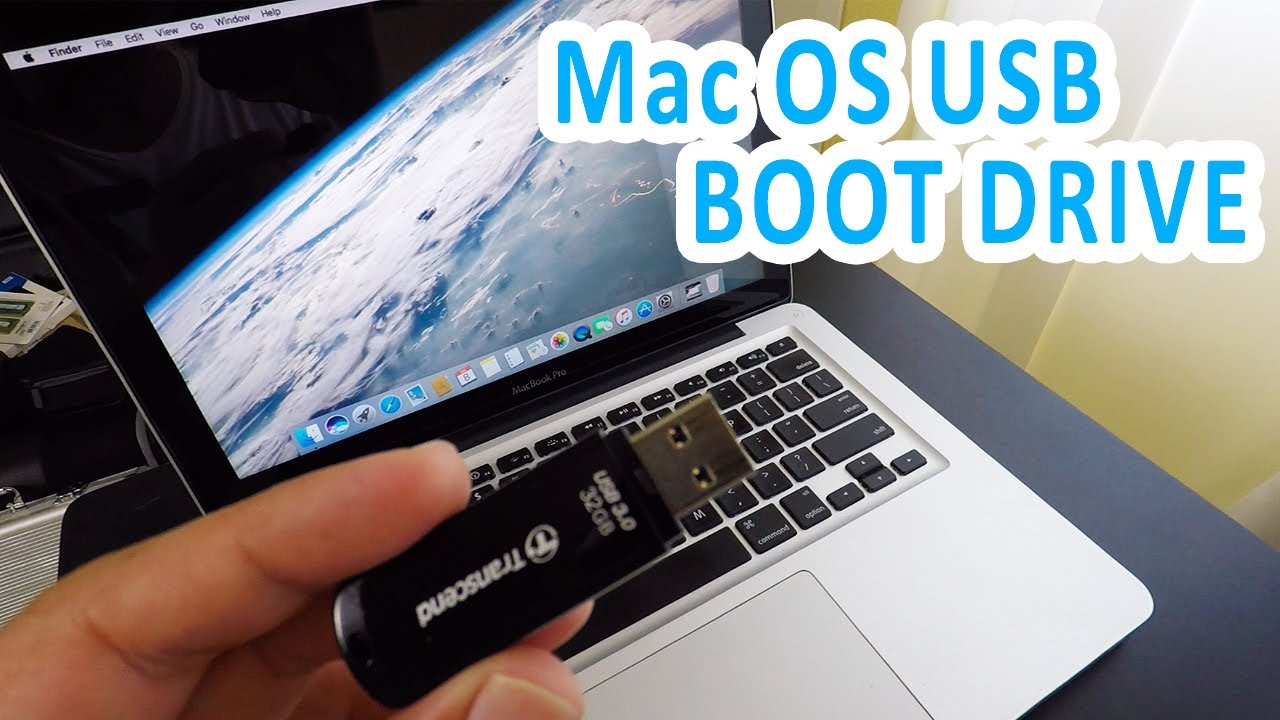

Once the ISO file is located, you need to select the USB Flash Drive. If you have the ISO file in your system, Boot Camp Assistant will automatically detect it, If it doesn't then you can browse it. Now run Bootcamp Assistant, select the box for "Create a Windows 7 or later version install disk" and uncheck "Install Windows 7 or later version." Click Continue to go for the next step. Try making a fresh table, and using Parted's rescue feature to recover partitions.Warning: The driver descriptor says the physical block size is 2048 bytes, but Linux says it is 512 bytes.All these warnings are safe to ignore, and your drive should be able to boot without any problems.Refer to the following message from Ubuntu's mailing list if you want to learn more.Method 1: Create Windows 10/8/7 Bootable USB on Mac Using “Boot Camp Assistant”Įarlier, I have told you the after the release of macOS Mojave and later, Boot Camp Assistant is no longer supported but if you are using an older version of macOS on your Mac device, this method will be ideal for you.įollow the below-mentioned steps carefully:

Is this a GPT partition table? Both the primary and backup GPT tables are corrupt. Or perhaps you deleted the GPT table, and are now using an msdos partition table. Perhaps it was corrupted - possibly by a program that doesn't understand GPT partition tables. However, it does not have a valid fake msdos partition table, as it should.


Ubuntu images (and potentially some other related GNU/Linux distributions) have a peculiar format that allows the image to boot without any further modification from both CDs and USB drives.A consequence of this enhancement is that some programs, like parted get confused about the drive's format and partition table, printing warnings such as:/dev/xxx contains GPT signatures, indicating that it has a GPT table.


 0 kommentar(er)
0 kommentar(er)
